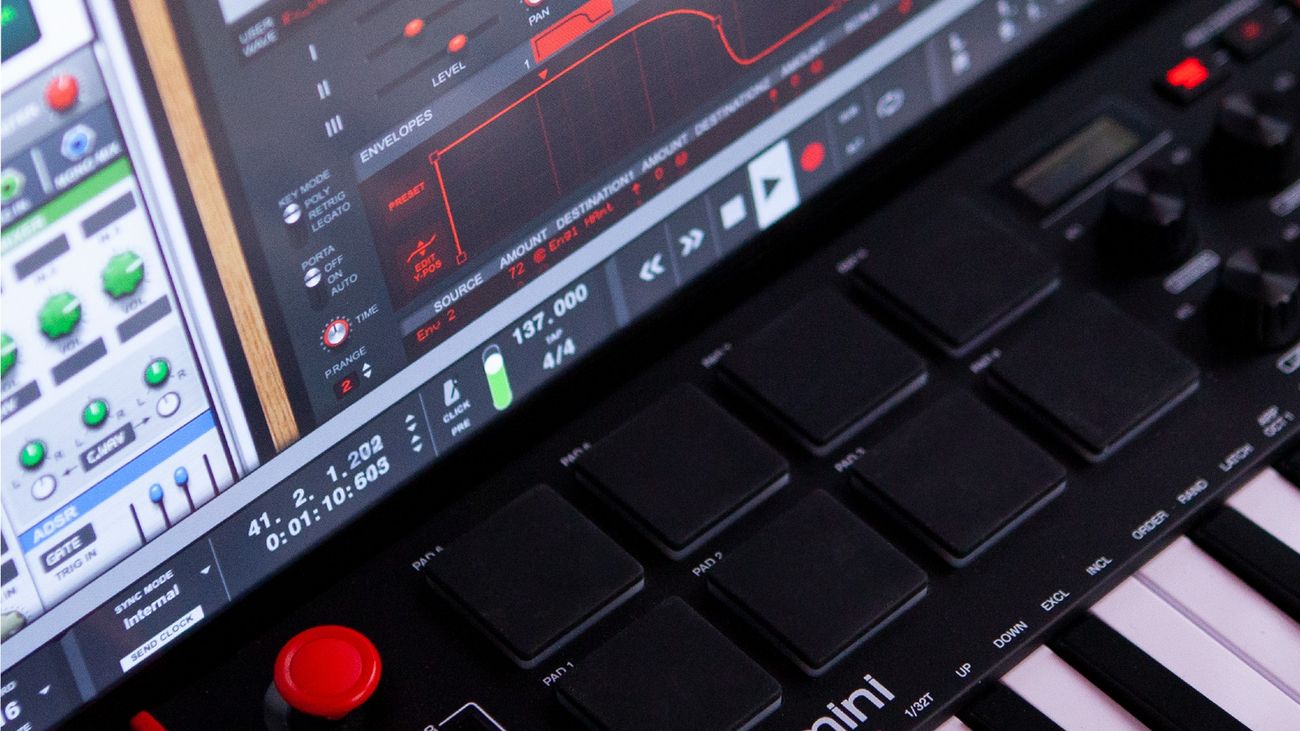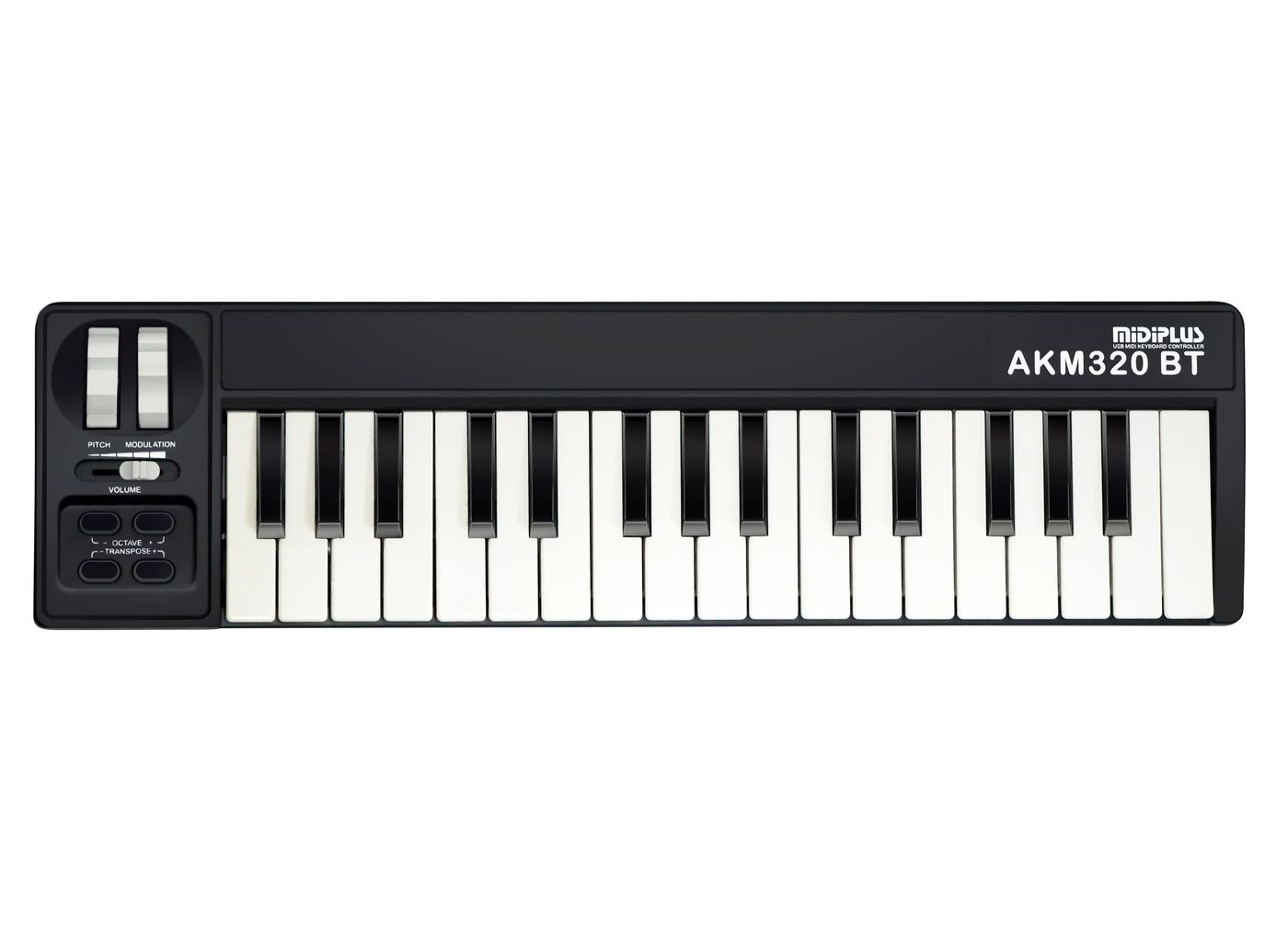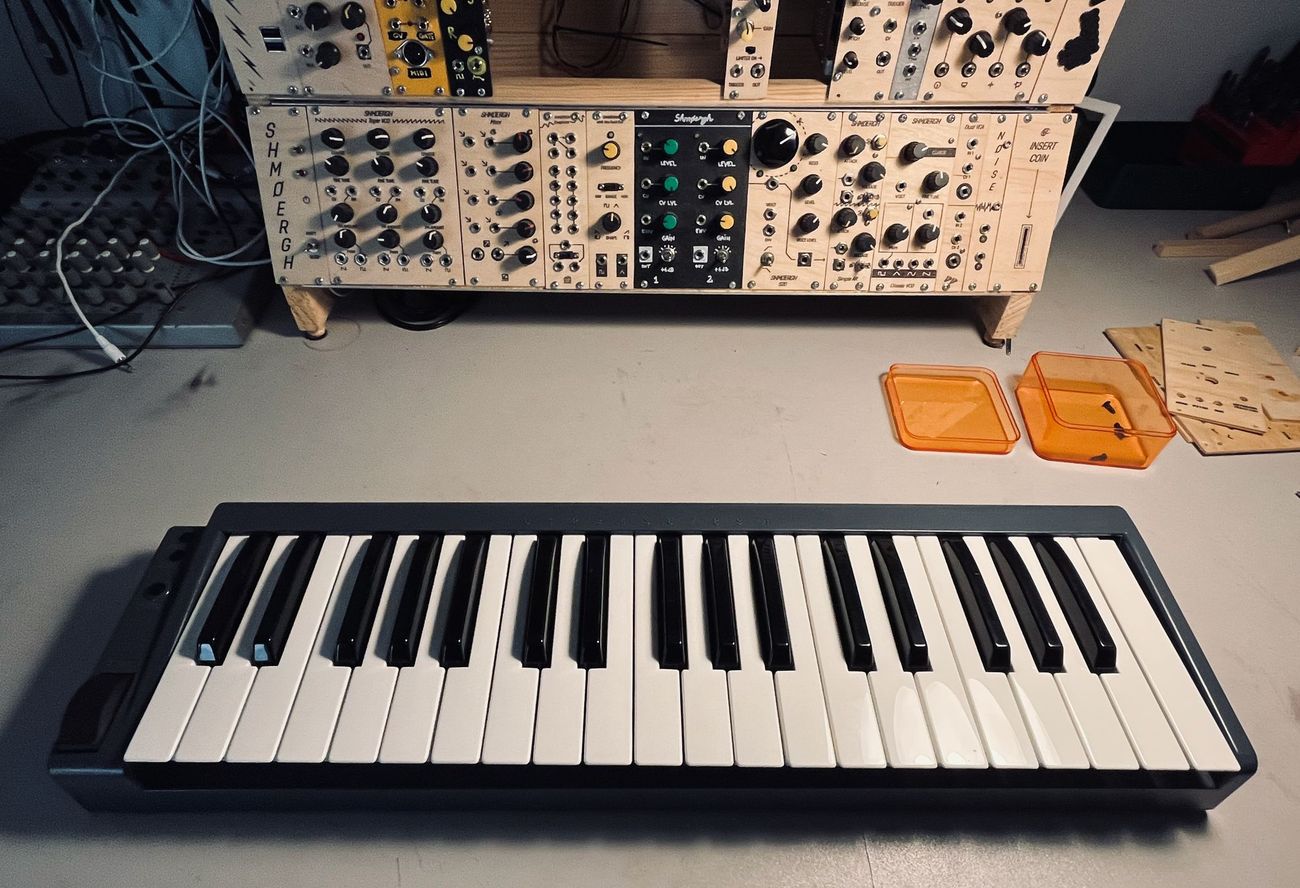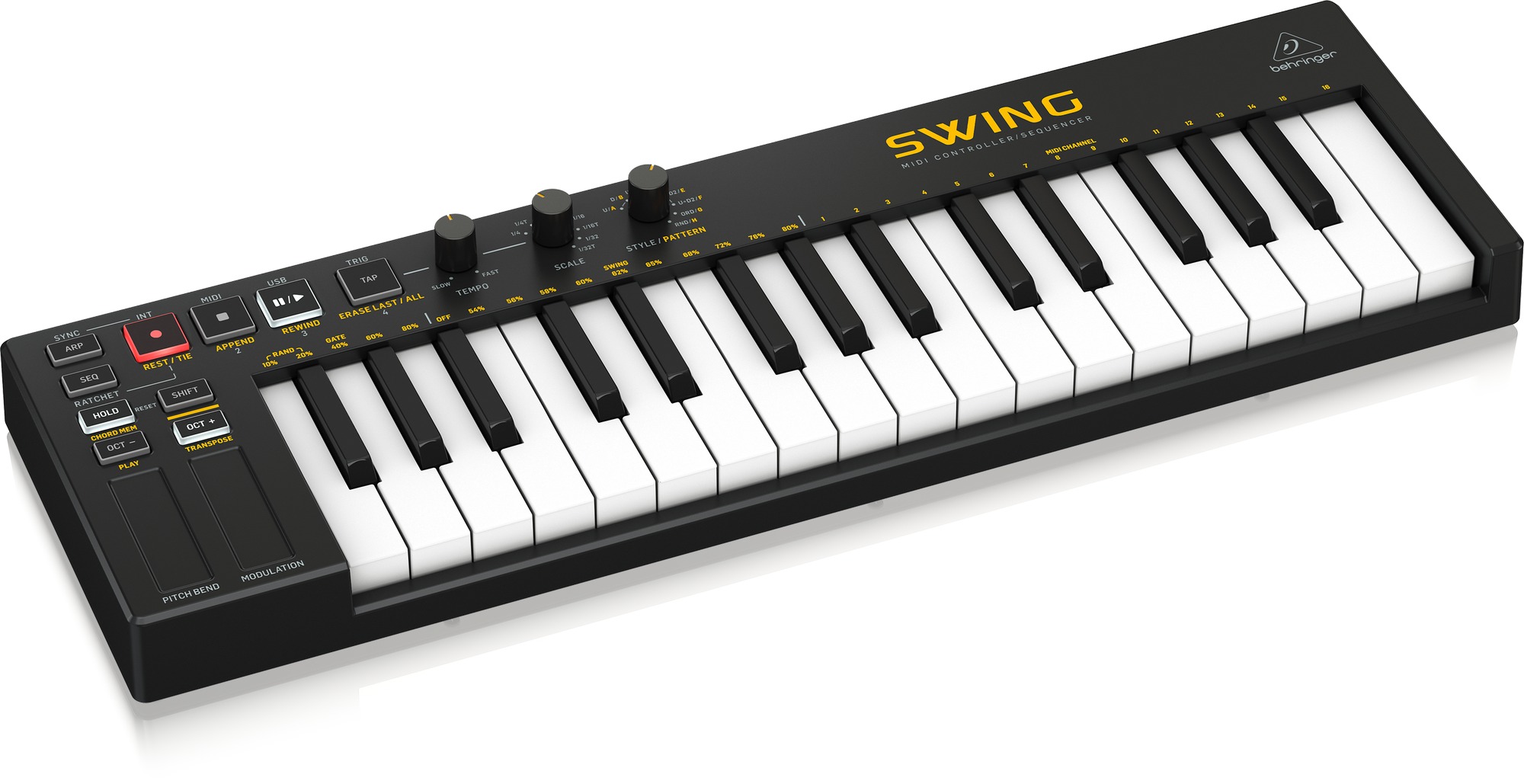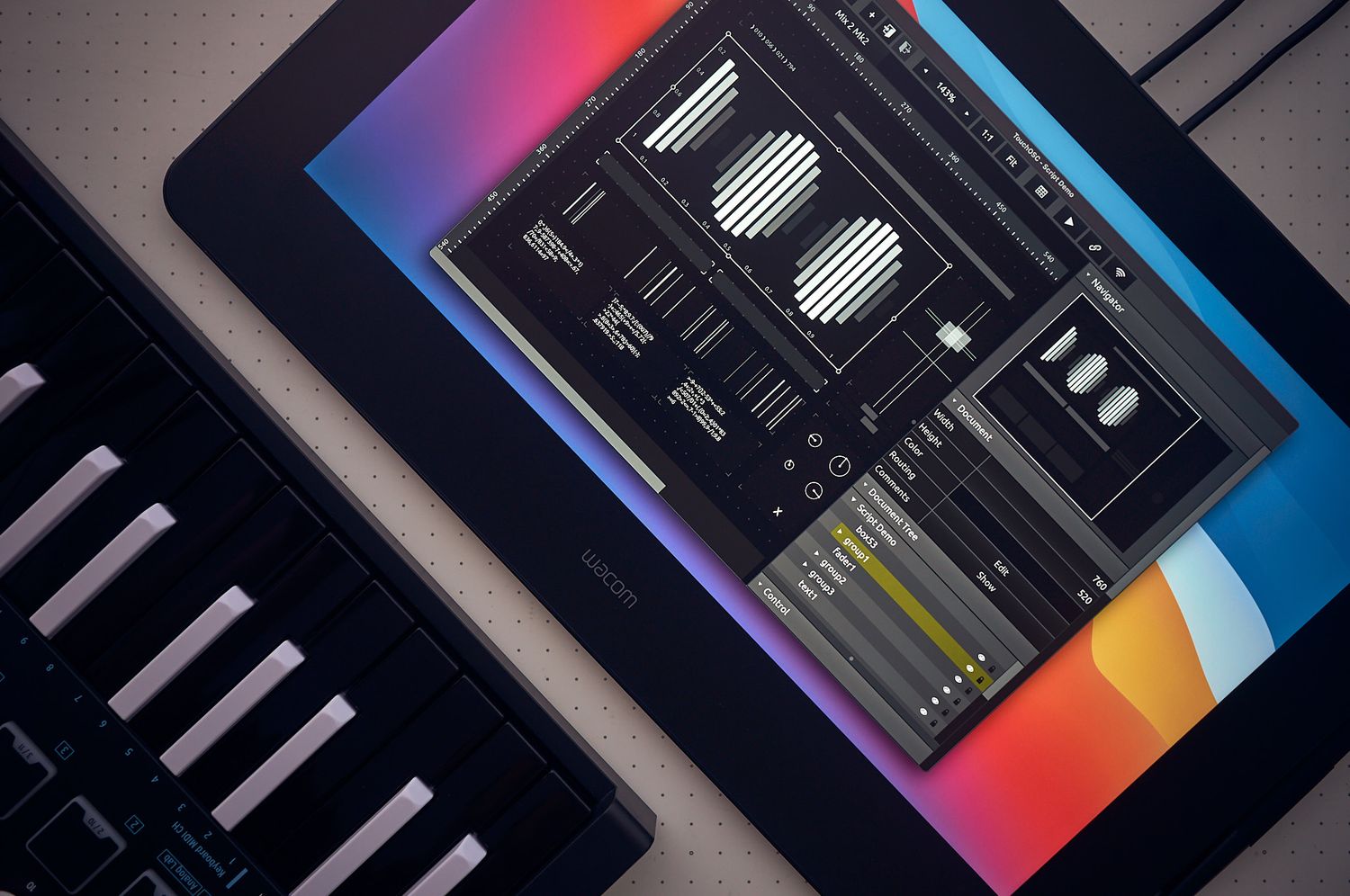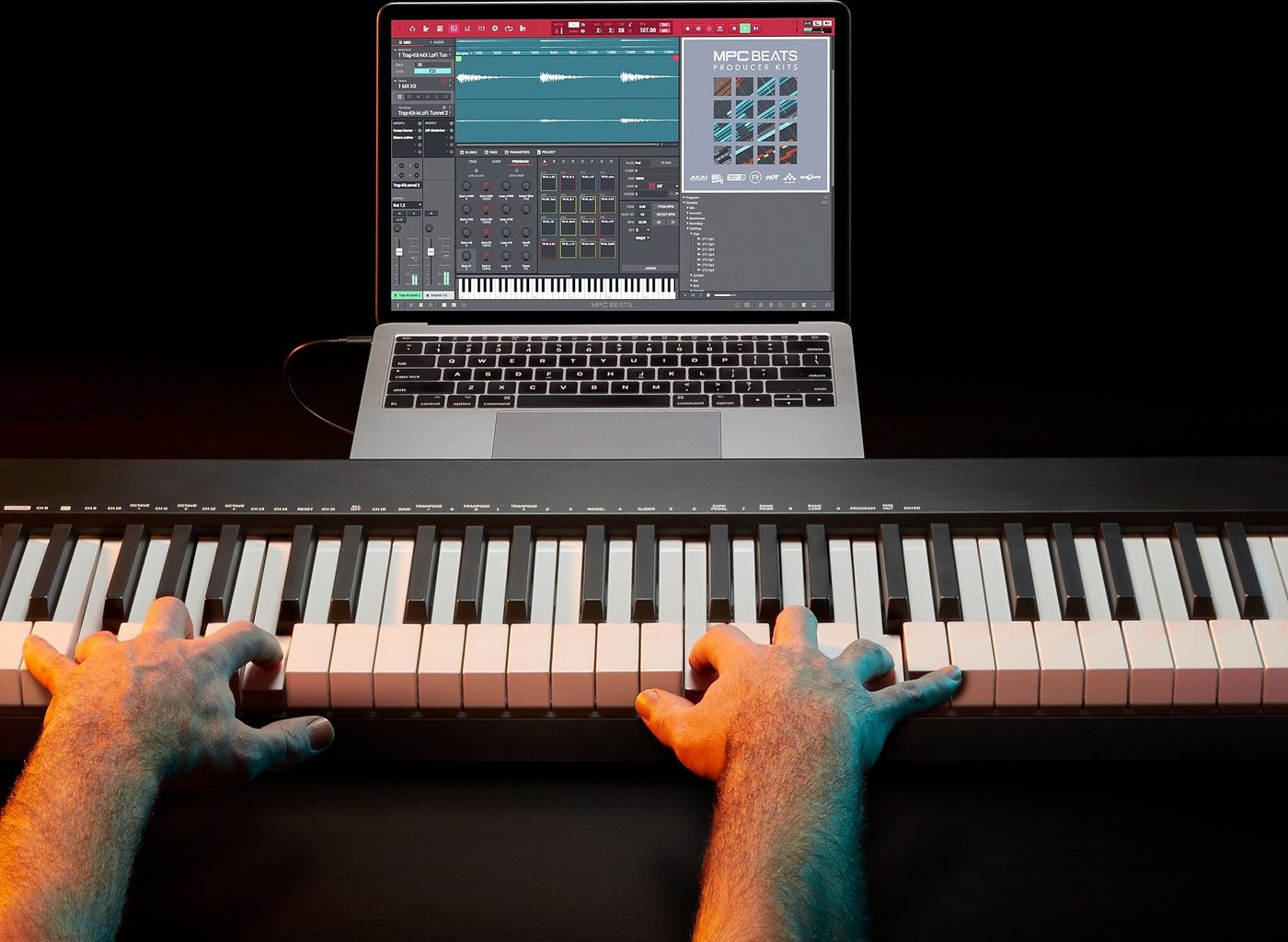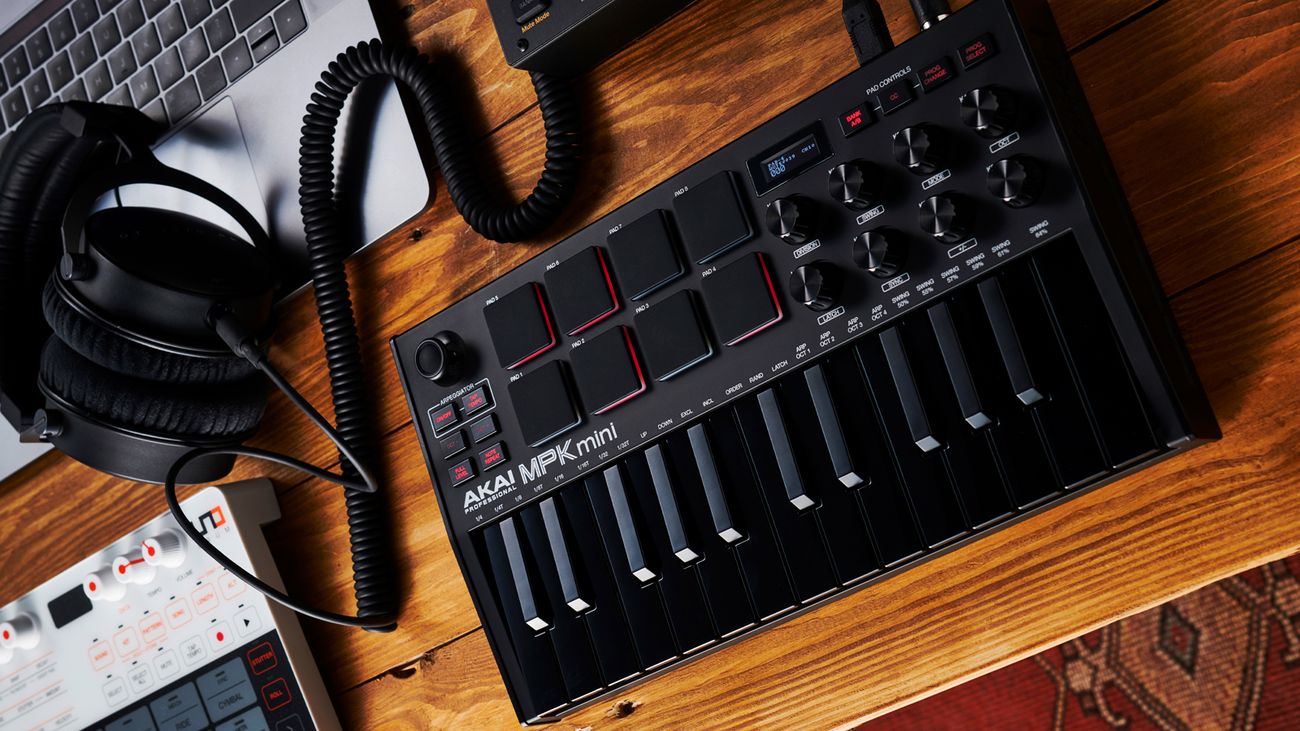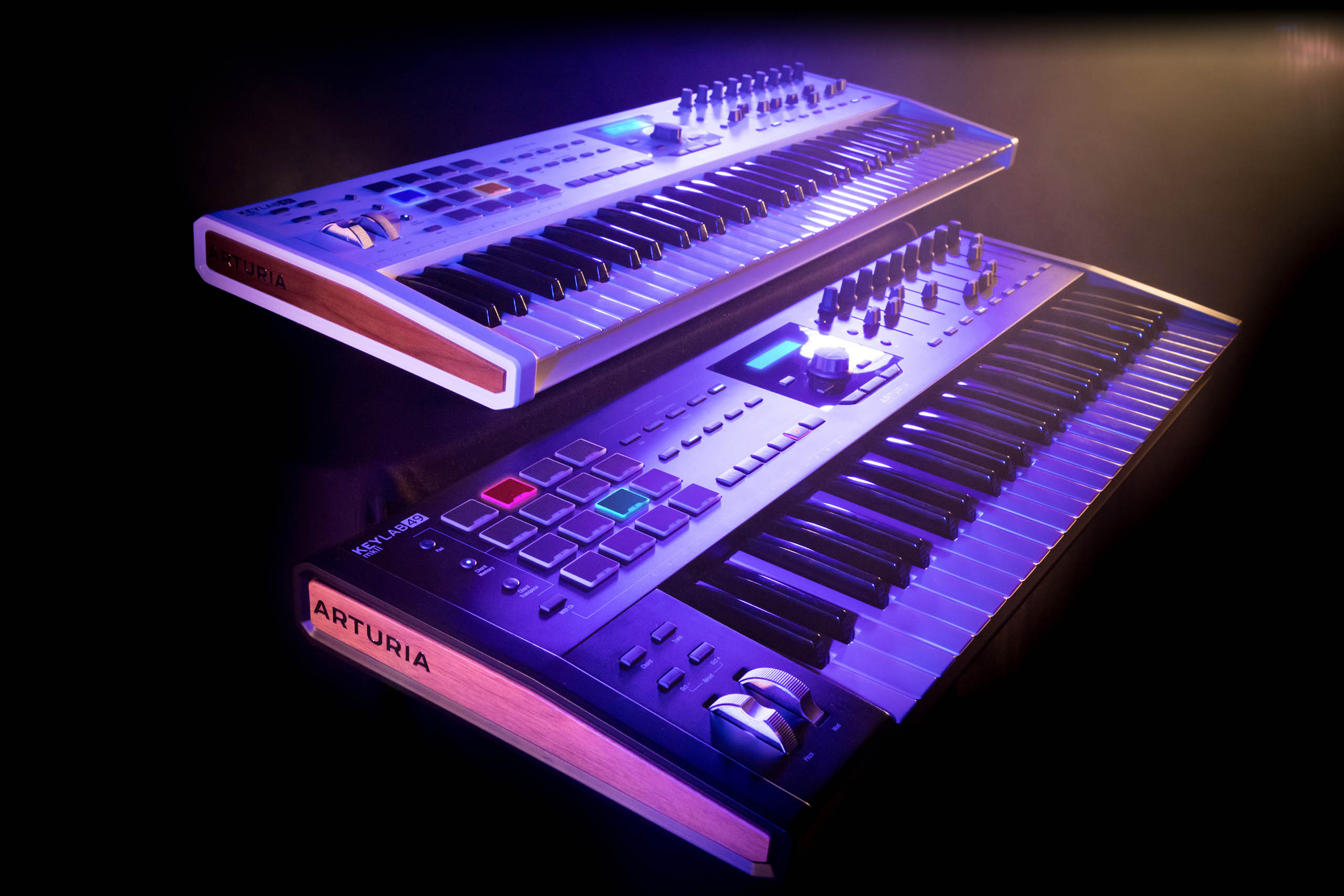Home>Production & Technology>MIDI>How To Reduce Latency In MIDI Keyboard


MIDI
How To Reduce Latency In MIDI Keyboard
Published: February 20, 2024
Learn how to minimize latency in MIDI keyboard for a seamless music production experience. Discover effective tips and techniques to optimize MIDI performance.
(Many of the links in this article redirect to a specific reviewed product. Your purchase of these products through affiliate links helps to generate commission for AudioLover.com, at no extra cost. Learn more)
Table of Contents
Introduction
When it comes to creating music using a MIDI keyboard, one of the most crucial factors to consider is latency. Latency refers to the delay between the moment a key is pressed on the MIDI keyboard and the sound being produced by the connected device, such as a computer or a sound module. This delay can be a frustrating obstacle for musicians and producers, as it hampers the fluidity and real-time responsiveness essential for an immersive musical experience.
Understanding and addressing latency issues is paramount for achieving optimal performance and creativity in music production. In this article, we will delve into the intricacies of latency in MIDI keyboards and explore effective strategies to minimize it. Whether you are a seasoned music producer or a budding enthusiast, the insights shared here will empower you to elevate your music-making endeavors by mitigating the impact of latency.
Join us as we embark on a journey to unravel the mysteries of MIDI keyboard latency and equip ourselves with the knowledge and techniques to enhance the musical workflow. Let's dive into this exploration of latency reduction and unleash the full potential of MIDI keyboards in the realm of music creation.
Understanding Latency in MIDI Keyboards
Latency, in the context of MIDI keyboards, is the time interval between pressing a key on the MIDI controller and hearing the corresponding sound from the connected device. This delay can disrupt the natural flow of music creation, making it challenging for musicians and producers to maintain rhythm and expressiveness.
Several factors contribute to latency in MIDI keyboards. One primary factor is the processing time required by the computer or external sound module to interpret the MIDI input and generate the corresponding audio output. Additionally, the speed and efficiency of the MIDI interface, the performance capabilities of the connected device, and the software settings all play crucial roles in determining the overall latency experienced.
It's essential to recognize the distinction between input and output latency. Input latency refers to the delay between pressing a key and the MIDI signal reaching the connected device, while output latency pertains to the time taken by the device to process the MIDI signal and produce the audible sound. Both input and output latency contribute to the overall delay, and understanding their individual impacts is key to effectively addressing latency issues.
Furthermore, the buffer size settings in the audio software and the audio interface also influence latency. A smaller buffer size can reduce latency but may strain the processing capabilities of the system, potentially leading to audio glitches and dropouts. Conversely, a larger buffer size can alleviate strain on the system but may result in increased latency.
In the realm of MIDI keyboards, the type of connection utilized can impact latency as well. For instance, USB MIDI keyboards may exhibit different latency characteristics compared to those connected via traditional MIDI cables. Understanding the nuances of these connections is crucial for optimizing the overall performance of MIDI setups.
In summary, latency in MIDI keyboards is a multifaceted issue influenced by various technical and operational factors. By comprehending the intricacies of latency and its contributing elements, musicians and producers can embark on a journey to mitigate its impact and enhance the real-time responsiveness of MIDI keyboards, thereby fostering a more immersive and fluid music creation experience.
Tips for Reducing Latency
1. Optimize System Performance
- Ensure that your computer or connected device is optimized for audio processing. Close unnecessary background applications and processes to free up system resources, allowing the device to focus on handling MIDI input with minimal delay.
2. Adjust Buffer Size
- Experiment with the buffer size settings in your audio software. A smaller buffer size can reduce latency but may strain the system, while a larger buffer size can alleviate strain but may result in increased latency. Find the optimal balance that minimizes latency without compromising system stability.
3. Use High-Quality MIDI Interfaces
- Invest in a high-quality MIDI interface with efficient signal processing capabilities. A reliable MIDI interface can significantly reduce latency by swiftly transmitting MIDI data to the connected device, ensuring a more responsive musical performance.
4. Update Drivers and Firmware
- Regularly update the drivers and firmware for your MIDI keyboard, audio interface, and connected devices. Updated drivers often include performance enhancements and optimizations that can help minimize latency and improve overall system compatibility.
5. Consider Dedicated Audio Interfaces
- Utilize dedicated audio interfaces designed for low-latency performance. These interfaces are engineered to handle real-time audio processing with minimal delay, providing a seamless and responsive MIDI keyboard experience.
6. Opt for Direct USB Connections
- When using USB MIDI keyboards, connect them directly to high-speed USB ports on your computer. Avoid using USB hubs or extension cables, as they can introduce additional latency and potentially compromise the real-time responsiveness of the MIDI keyboard.
7. Fine-Tune Software Settings
- Explore the latency settings within your audio software. Some software applications offer specific configurations to optimize latency performance. Adjusting these settings in alignment with your system's capabilities can lead to notable reductions in MIDI keyboard latency.
8. Monitor System Resources
- Keep an eye on system resource utilization while using MIDI keyboards. Monitoring CPU, memory, and disk usage can provide insights into potential bottlenecks that may contribute to latency. Addressing resource-intensive processes can help streamline the overall performance and reduce latency.
9. Experiment with Different Connections
- If your MIDI keyboard supports multiple connection options, such as USB and traditional MIDI cables, experiment with different connections to determine which yields the lowest latency. This empirical approach can help identify the most efficient connection method for your specific setup.
10. Collaborate with the Community
- Engage with online forums, communities, and user groups dedicated to music production and MIDI technology. Sharing experiences and seeking advice from fellow musicians and producers can unearth valuable insights and innovative approaches to reducing latency in MIDI keyboards.
By implementing these tips, musicians and producers can embark on a proactive journey to minimize latency and optimize the real-time responsiveness of MIDI keyboards, paving the way for a more immersive and seamless music creation experience.
Conclusion
In the realm of music production and performance, the significance of addressing latency in MIDI keyboards cannot be overstated. As we conclude our exploration of latency reduction strategies, it becomes evident that the pursuit of minimizing latency is pivotal for fostering a seamless and expressive music creation experience.
By delving into the intricacies of latency in MIDI keyboards, we have gained valuable insights into the multifaceted nature of this phenomenon. From the processing time of connected devices to the impact of buffer size settings and the nuances of different connection types, the factors contributing to latency have been unveiled. Understanding the interplay of these elements is essential for devising effective strategies to mitigate latency and enhance the real-time responsiveness of MIDI keyboards.
The tips for reducing latency presented in this article serve as a comprehensive toolkit for musicians and producers seeking to optimize their MIDI setups. From system optimization and buffer size adjustments to the utilization of high-quality MIDI interfaces and dedicated audio hardware, these strategies offer a holistic approach to addressing latency issues. By embracing these techniques, individuals can embark on a proactive journey to minimize latency, thereby empowering themselves to unleash the full potential of their MIDI keyboards in the realm of music creation.
It is crucial to recognize that the quest for latency reduction is not merely a technical endeavor but a creative pursuit. By minimizing latency, musicians and producers can transcend the constraints imposed by delay, enabling them to express themselves with fluidity, precision, and spontaneity. The seamless integration of MIDI keyboards into the music production workflow, free from the shackles of latency, fosters an environment where creativity flourishes unhindered.
Furthermore, the collaborative aspect of addressing latency should not be overlooked. Engaging with the vibrant community of music producers and MIDI enthusiasts can yield invaluable insights and innovative approaches to latency reduction. By sharing experiences, seeking advice, and contributing to the collective knowledge pool, individuals can fortify their endeavors to minimize latency and elevate the overall quality of music production experiences.
In essence, the journey to reduce latency in MIDI keyboards transcends the realm of technical optimization; it is a journey toward unlocking the full potential of musical expression. By embracing the insights and strategies outlined in this article, musicians and producers can embark on a transformative path, where the fluidity and responsiveness of MIDI keyboards converge with the boundless creativity of music-making, transcending the constraints of latency and paving the way for an immersive and uninhibited musical journey.

